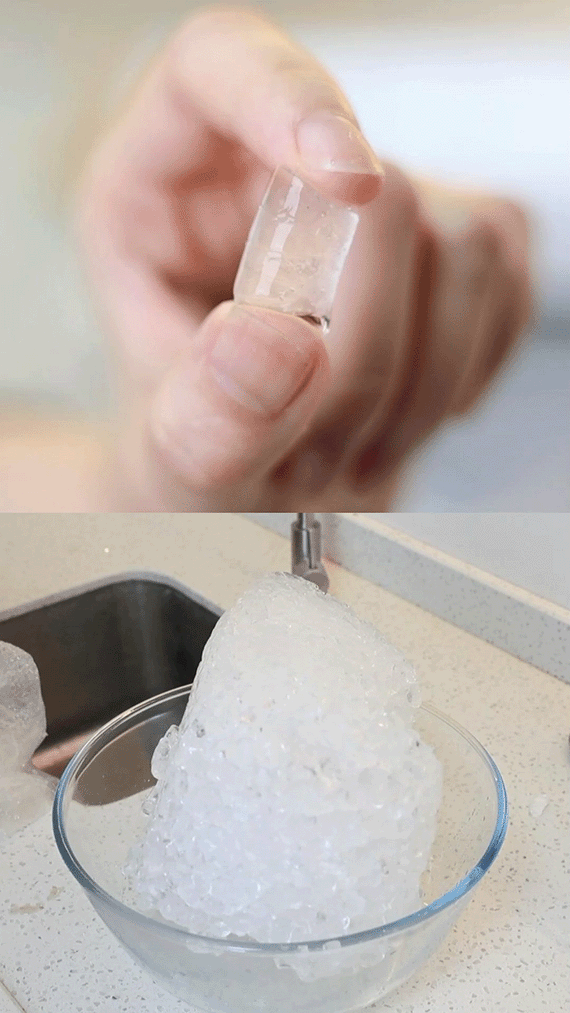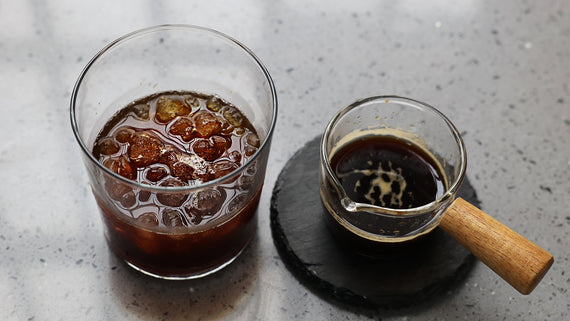The Ice King Frederic Tudor
In ancient times, summer was very hot. The coolness brought by ice can dissolve the heat in summer. If you are interested, you can read How Ice was Made and Stored in Ancient Times.
Today, let's meet Frederic Tudor, an American businessman called the Ice King. He transported ice all over the world to relieve the heat for people.

Photo Credit: HubHistory
At the beginning of the 19th century, one man realized the great potential to make money in frozen ponds. The man is called the “Ice King”, Frederic Tudor. In 30 years, nearly 12000 tons of ice have been transported from his hometown Boston, Massachusetts, the United States, to half of the world, places like India, France, and Cuba.
One day in 1805, Tudor and his brother from a wealthy family took part in a family picnic. There were cold drinks and ice cream at the picnic. His brother said: "The cold drinks we are tasting will make the sweaty colonists of the West Indies envy." Then, Tudor got inspired by this idea.
Later, they planned a project that seemed unrealistic at the time. His brother suggested that ice should be collected from the nearby Walden pond. In the end, Tudor decided to transport the ice to Martinique island, France. Next, Tudor and his brother wanted to entrust a vessel to transport the ice.

Photo Credit: HubHistory
However, none of the ships have ventured to transport the ice. Therefore, on February 5, 1806, Tudor bought a sailing vessel for $5000.00 and named it "No Joke". Afterward, the vessel No Joke carrying 80 tons of ice went to Martinique island. When they arrived, the islanders were not interested in ice.
After that, his brother gave up and left the company. In the following year, Tudor raised more money and went to the same island again. He advocated adding ice to drinks so that islanders can enjoy the coolness in hot summer. He insisted on not giving up to promote his idea.
It was not until 1810 that the ice industry finally made a profit, but war emerged. This almost destroyed Tudor's family. Despite all the difficulties, Tudor still didn't give up. Over the next decade, Tudor continued to convince people why they needed ice. Eventually, he succeeded in making people fall in love with ice. Ice is magical, once people try it, they never leave it.
Since then, the ice industry is booming. Tudor even needed to hire people to harvest ice in the Arctic and then transported them home to meet people's demand for ice.

Photo Credit: AmericanHistory
Moreover, ice has changed the way people eat. People began to enjoy cold drinks. In the 1920s, families began to buy iceboxes lined with zinc or lead to preserve food. At that time, almost every family, and grocer had an icebox.

Photo Credit: AmericanHistory
If people don't have ice at home, they can leave a card on the window telling the iceman how much ice they want: 25 pounds, 50 pounds, 75 pounds, or 100 pounds(Grahn,2015). He'll drive a horse-drawn wagon around the block to see if people need ice.
By the mid-1980s, Tudor's business in Boston provided most of the ice for American cities. Until the first refrigerator appeared, which was equivalent to the end of the ice harvesting industry.
In the 21st century, we're lucky to be able to make ice in the refrigerator or have an ice maker that can make ice at any time. When we want to make cold drinks at home, we can get ice easily, and we can use ice to make drinks, such as iced fruit juice or cocktails.
Reference
Frederic Tudor – Ice King. (1932). Bulletin of the Business Historical Society, 6(4), 1-8. doi:10.1017/S000768050001970X
Grahn, E. (2015, April 29). Keeping Your (Food) Cool: From Ice Harvesting to Electric Refrigeration. National Museum of American History. Retrieved from https://americanhistory.si.edu/blog/ice-harvesting-electric-refrigeration
McNamara, Robert. (2021, February 16). Frederic Tudor. Retrieved from https://www.thoughtco.com/frederic-tudor-1773831



